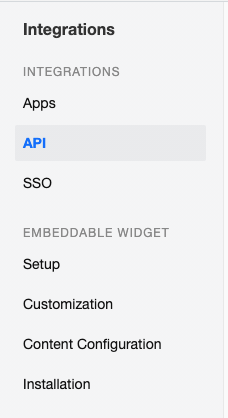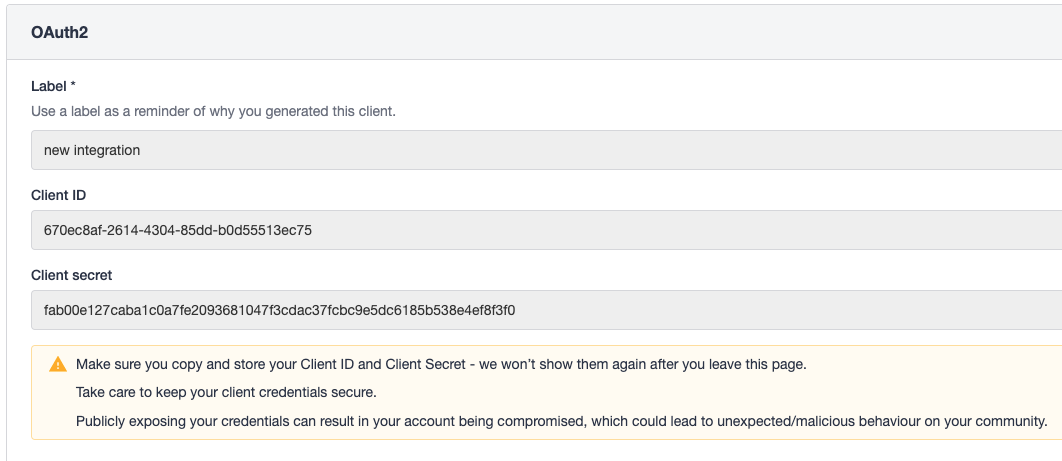After the beta phase, we are very pleased to announce the formal public rollout of our long awaited API 2.0 - it is the culmination of a large amount of hard work and dedication by the tech team to finally get this out the door and into your eager hands!
Overview of API 2.0 and its capabilities
Self Service & standardised OAuth 2.0 authentication
We have finally standardised the authentication mechanism of the API to industry standard OAuth 2.0 (hooray!) - so no more struggling with the old archaic signature generation that we know caused an implementation headache for many of you due to its complexity.
You’re now able to ‘self service’ your own API application integrations by creating and revoking API credentials yourself in Control. Simply go to the new ‘API’ section in control which can be found close to the top of ‘Integrations’ > ‘API’:

On this page you’re able to generate credentials for the new API which can then be used immediately. Just enter an application name and then a Client ID and Client Secret will be generated (please make note of the API secret as this will only be shown once and cannot be retrieved by anyone at inSided).

Endpoints separated by content types
We have now broken up the API calls into separate calls for each content type of:
-
Questions
-
Conversations
-
Articles
-
Events
-
Ideas
-
Product Updates
This has been done to allow you to choose the specific API actions to take depending on the types of posts that have been made on the community - rather than before where actions would be applied to all posts rather than via specific content types.
Webhooks
Webhooks have been formally introduced in the new API. Now you are able to get a programmatic notification for content creation events on your community.
As the list of available Webhooks is always being updated as new events being made available, please consult the Webhooks documentation to see a list of what is currently possible: https://api2-eu-west-1.insided.com/docs/#section/Webhooks/Available-events
We have more events available and always expanding this officially-supported list based on customer request, so please just let us know if there is a use case you are not able to support with the events listed above.
Updated and improved documentation
We have also been busy improving the documentation for the new API, we are now using a standardised API documentation format using reDoc (https://redoc.ly/). It has now got a new lick of paint, much more content, example calls and payloads for data submission. It is also overall a hell of a lot nicer and cleaner than the old swagger UI we were using.
If any one has any feedback on our documentation or suggestions, we have embedded a feedback widget there - don’t be shy with your feedback and let us know your thoughts!
The link to the API documentation can be found at the top of the API section in Control:

Thanks to everyone involved!
We also want to give a big thank you to everyone involved who gave feedback for the API 2.0 beta program. This really helped us build up clearer documentation and allow us to focus on the important deliverables expected by end API users.
With this solid foundation in place, we’re looking forward to seeing you all get creative and building some powerful integrations. Please give us any feedback in the replies below, and if you build something cool, share it on inSpired!


